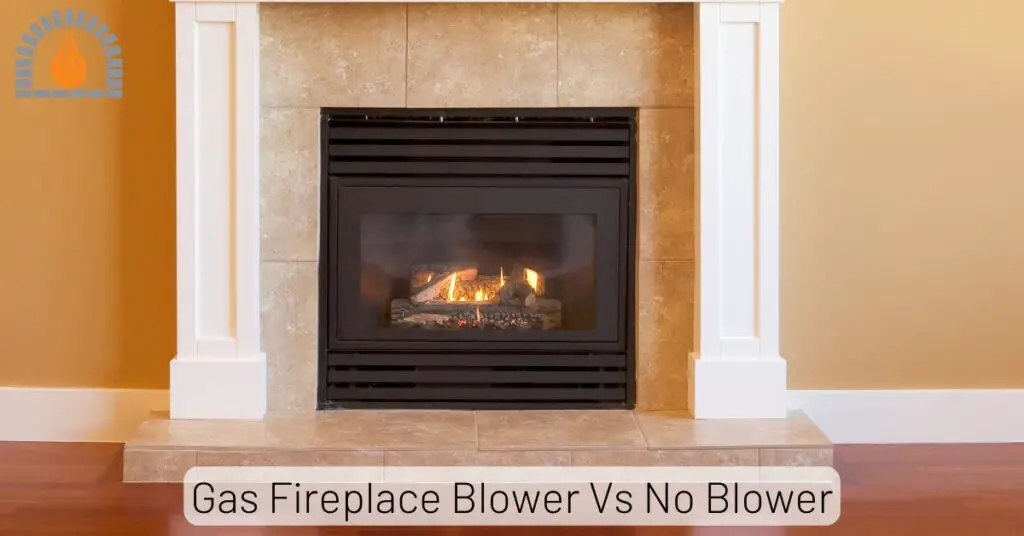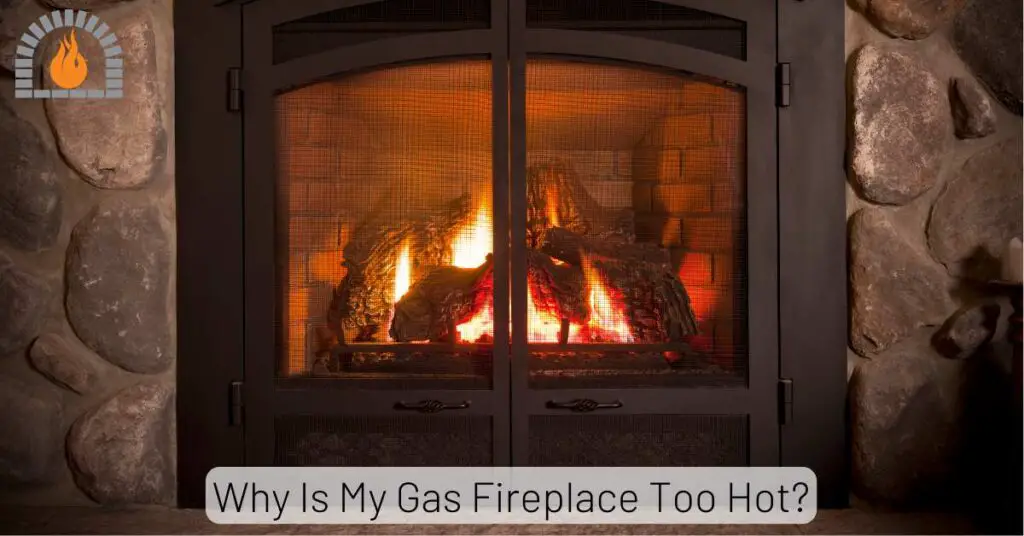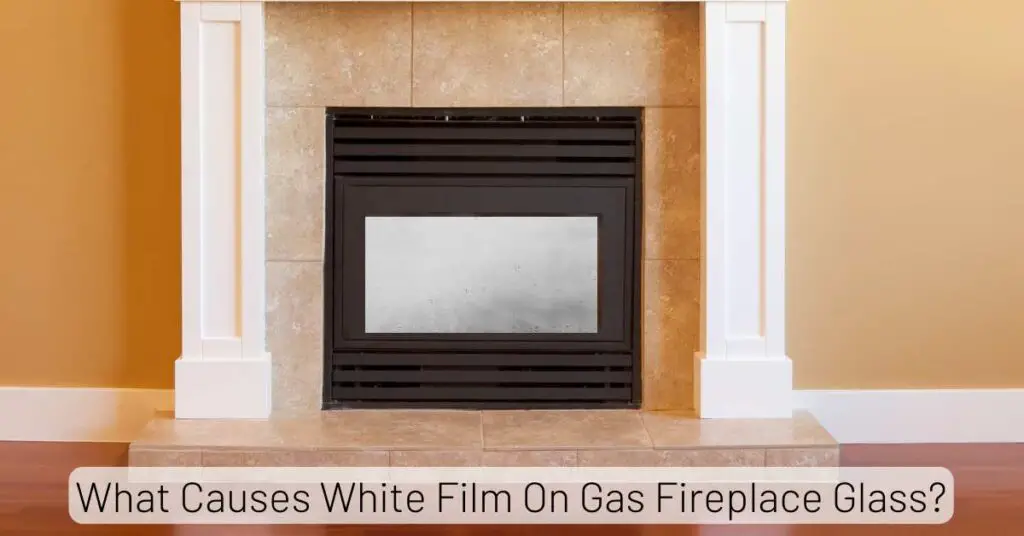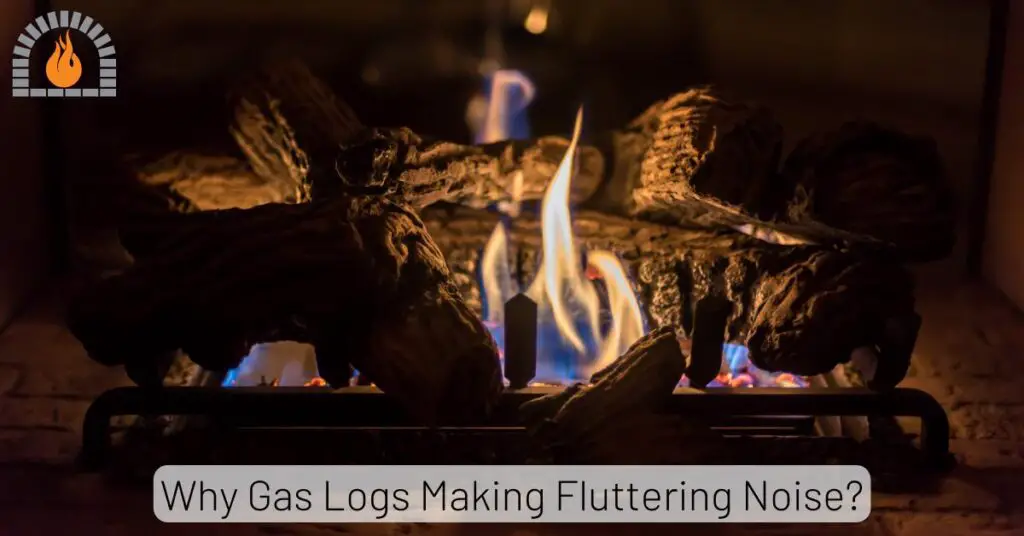In the ever-evolving realm of home design and comfort, the allure of a gas fireplace continues to captivate homeowners seeking both elegance and functionality. As winter’s chill settles in, many find solace in the cozy ambiance and efficient heating provided by gas fireplaces.
However, before embarking on the journey to enhance your living space with this modern marvel, it’s crucial to unravel the mystery surrounding the costs of gas fireplace installation.
How Much Does Gas Fireplace Installation Cost?
On average, the installation of a vented gas fireplace costs between $2,200 and $7,500, while ventless gas fireplace inserts are generally less expensive, ranging from $1,800 to $3,000.
If you’re installing a gas fireplace insert into an existing masonry fireplace, the cost may range from $2,000 to $5,000 or more, depending on the features and brand.
Installing a built-in gas fireplace or a zero-clearance unit may cost between $2,500 and $7,500, but high-end models can be more expensive.
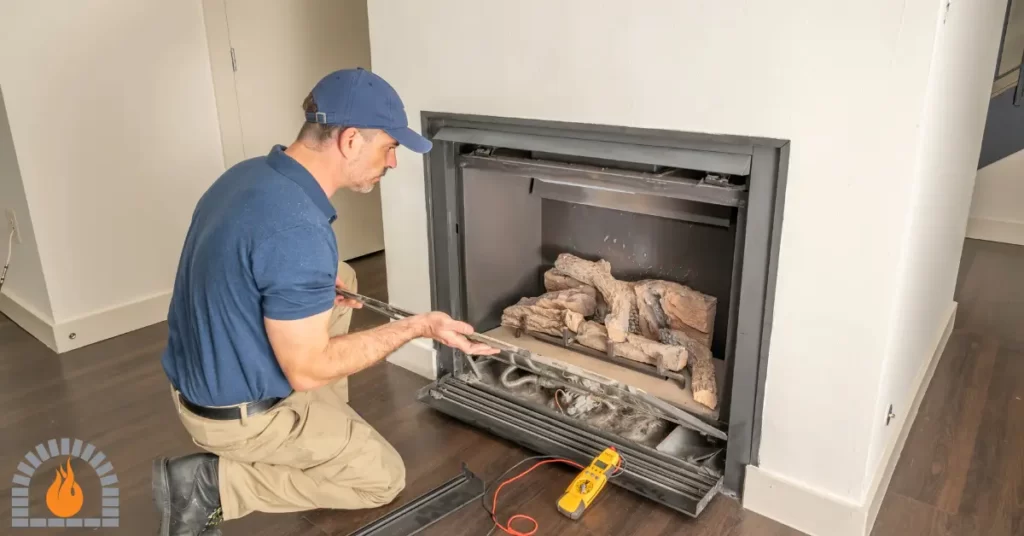
Gas Fireplace Installation Cost Chart
| Expense | Vented Gas Fireplace | Ventless Gas Fireplace Inserts |
|---|---|---|
| Fireplace Unit | $800 – $3,500 | $600 – $2,000 |
| Installation Labor | $800 – $2,500 | $500 – $1,500 |
| Venting System | $300 – $1,500 | Not Applicable |
| Chimney Liner (if needed) | $500 – $2,000 | Not Applicable |
| Gas Line Installation | $300 – $1,500 | $300 – $1,500 |
| Permits and Inspections | $100 – $500 | $100 – $500 |
| Miscellaneous Supplies | $100 – $300 | $100 – $300 |
| Total Cost Range | $2,200 – $7,500 | $1,800 – $3,000 |
Factors Affecting Gas Fireplace Installation Cost
- Type of Gas Fireplace:
- Inserts: If you’re installing a gas fireplace insert into an existing masonry fireplace, the cost may range from $2,000 to $5,000 or more, depending on the features and brand.
- Built-In or Zero-Clearance Units: Installing a built-in gas fireplace or a zero-clearance unit may cost between $2,500 and $7,500, but high-end models can be more expensive.
- Installation Costs:
- Labor: Installation costs can vary based on the complexity of the job. It may include running gas lines, venting installation, and other tasks. Installation costs can range from $500 to $2,500 or more.
- Venting: If venting is required, it can significantly impact the overall cost. Vent-free models are generally less expensive to install compared to direct vent or vented models.
- Additional Considerations:
- Permits: Check if you need a permit for gas fireplace installation in your area. Permit costs vary, and you might need to factor this into your budget.
- Gas Line Installation: If you don’t already have a gas line in the location where you want to install the fireplace, you may need to install one. Gas line installation costs vary, and this expense is in addition to the fireplace installation cost.
- Location:
- Costs can vary based on your location, as labor and material prices differ from one region to another.
- Brand and Features:
- The brand and specific features of the gas fireplace can impact the cost. High-end models with advanced features may cost more.
- Chimney Requirements:
- If you have an existing chimney that needs modification or if a new chimney is required for venting, it will add to the overall cost.
- Hidden Costs:
- Anticipate potential hidden costs, such as additional electrical work, structural modifications, or unexpected complications that may arise during the installation process. Allocating a contingency budget can help cover these unforeseen expenses.
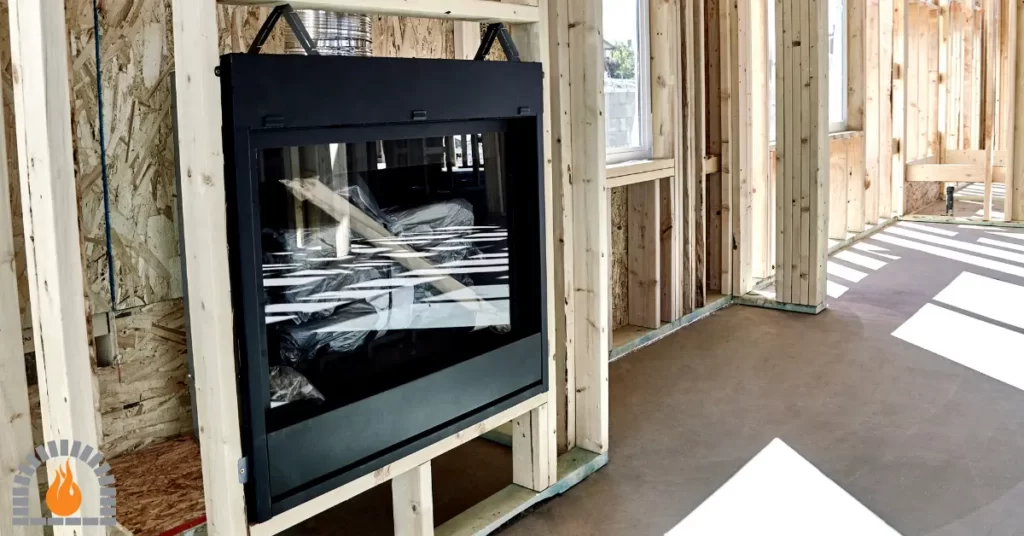
Related Post: How Much Gas Fireplace Inspection Costs?
Maintenance and Operational Costs
Beyond the installation, it’s crucial to factor in ongoing maintenance and operational costs. Regular maintenance, gas usage, and potential repairs should be considered to estimate the overall lifetime cost of your gas fireplace.
How to Minimize the Installation Cost of a Gas Fireplace?
Minimizing the installation cost of a gas fireplace involves careful planning, research, and potentially some do-it-yourself efforts.
-
Obtain multiple quotes from different contractors to compare installation costs.
-
Research various gas fireplace models to find one that fits your budget while meeting your requirements.
-
Complete any necessary preparation work yourself, such as clearing the installation area, removing obstacles, and preparing the space for the fireplace.
-
Direct vent fireplaces are more cost-effective to install compared to ventless models because they require less complex venting systems.
-
If possible, install the gas fireplace near an existing gas line to reduce the need for additional gas line installation.
-
Wall-mounted gas fireplaces are generally easier to install than built-in or insert models, potentially reducing labor costs.
-
Freestanding gas fireplaces are usually easier and less expensive to install than built-in models because they require less modification to the existing structure.
-
If you have experience and knowledge in gas line installation and fireplace installation, you may consider doing some parts of the installation yourself. However, be cautious, as gas-related work should be done by qualified professionals to ensure safety.
-
Look for manufacturer rebates or local incentives that can help offset the cost of the gas fireplace or its installation.
-
Inquire with the contractor about package deals that include both the fireplace and installation. Sometimes, bundled packages can result in cost savings.
Familiarize yourself with local building codes to ensure that you understand the requirements.
Related Post: Gas Fireplace Not Lighting When the Pilot Light Is On
Affiliate Disclosure: Fireplaceadviser.com is a participant in the Amazon Services LLC Associates Program. We may earn a commission when you click on certain links on this site and purchase.

Hello!! I am Jamal Khan. I often fix my home electric heaters and gas stove problems and research the common issues in the heating units to improve my knowledge and expertise. The aim of establishing fireplaceadviser.com is to share my expertise and knowledge with my audience.




